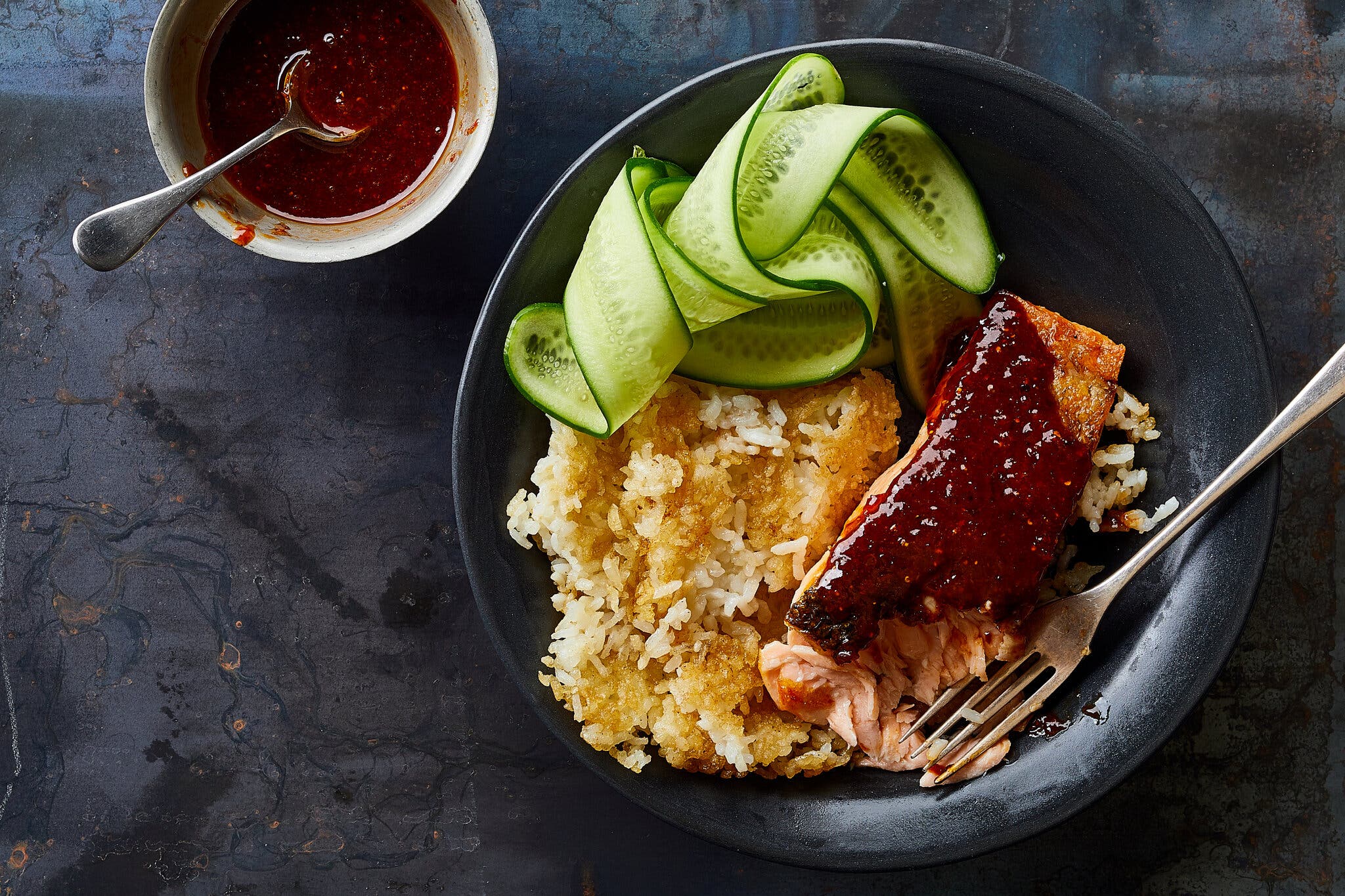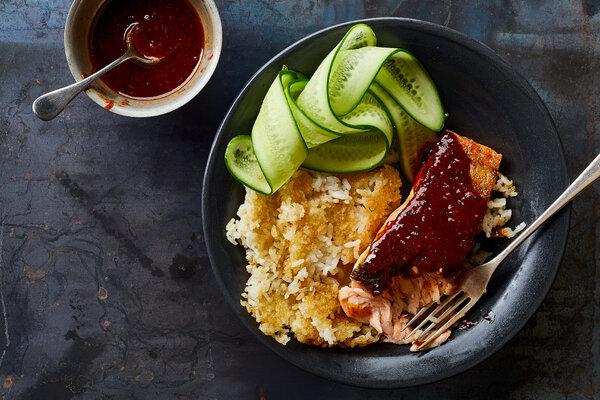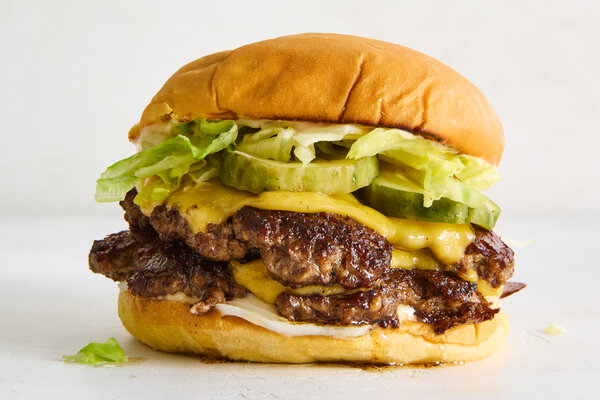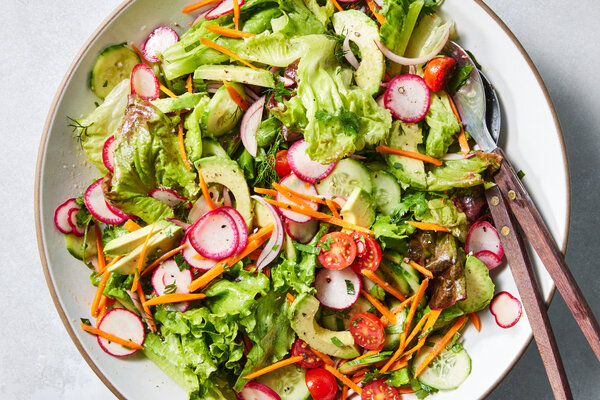A dry skillet and patience are all you need to transform leftover rice into a meal, Eric Kim writes.

Bryan Gardner for The New York Times. Food Stylist: Barrett Washburne
I grew up with a rice cooker on the counter and a bag of rice the size of me in the pantry.
Rice was the main carbohydrate, the grain around which the rest of the meal revolved. So we often had plenty of leftovers, which my mother would fashion into kimchi fried rice or store in single-serve containers in the refrigerator, to reheat in the microwave at a later time. But more often than not, she’d turn it into crunchy little chips called nurungji, or scorched rice.
Eric Kim grew up in a house where the rice cooker was a central part of how he and his family ate every day. Rice would be served alongside meals, but then also reused and made into new and different dishes. In this video, Eric shows you some techniques and tips to leverage ingredients in unexpected ways to extend the life of a pot of rice.By The New York Times Cooking
People forget that rice isn’t just a blank canvas; it has a unique flavor all its own, whether you’re cooking jasmine, basmati or sushi rice, or another kind you and your family love. Scorching it helps you taste its nuance.
Also known as socarrat (when it’s on the bottom of a paella pan) or tahdig (in Persian households), among many other names, scorched rice is ordinarily a natural byproduct. It occurs at the bottom of the pot, sometimes without any cooking fat, which means you can really taste the grain’s natural sweetness.
Hannah Bae of Noona’s Ice Cream has even turned that elusive flavor into ice cream. At the Korean restaurant Cho Dang Gol, where stone-pot rice is the norm, you get two gifts: first, perfectly steamed white rice; second, after tea is poured into the pot to lift the nutty, browned rice stuck on the bottom, the nurungji.

The longer you toast the rice, the crunchier the end result will be.Linda Xiao for The New York Times. Food Stylist: Monica Pierini
You can make easily scorched rice at home. Just add enough fresh or day-old cooked white rice to a dry nonstick skillet, packing it down into a layer about ½-inch tall. Drizzle 1 tablespoon water evenly over the rice. Cook over medium-low until the bottom of the rice is nicely browned and releases on its own, 15 to 20 minutes. When you shake the pan, the rice “pancake” should slide around as one entity, smelling toasty and fragrant. Then, either with a big spatula or a confident toss of the pan, flip the “pancake” to lightly crisp the other side, about 5 minutes. The longer you toast the rice, the drier the insides will get and the crunchier the end result will be.
I like to keep the interior tender, the best of two worlds. My mother would dry it up completely. Sprinkled with sugar, it was an ideal midnight snack, something to eat in front of the television.
But the best way to enjoy nurungji, to my mind, is at a table set with my favorite banchan. Break the rice into a bowl, pour some hot water over to soften it and pair it alongside. Then, sip the remaining tea, a treat on top of a treat.
Follow New York Times Cooking on Instagram, Facebook, YouTube, TikTok and Pinterest. Get regular updates from New York Times Cooking, with recipe suggestions, cooking tips and shopping advice.




